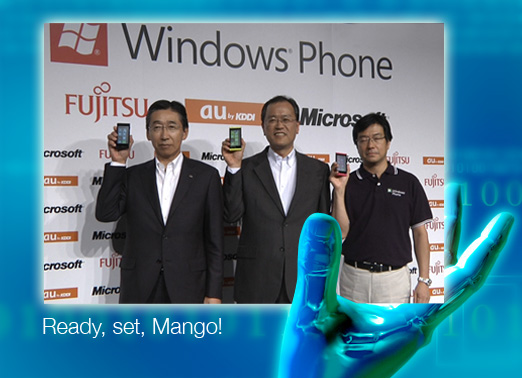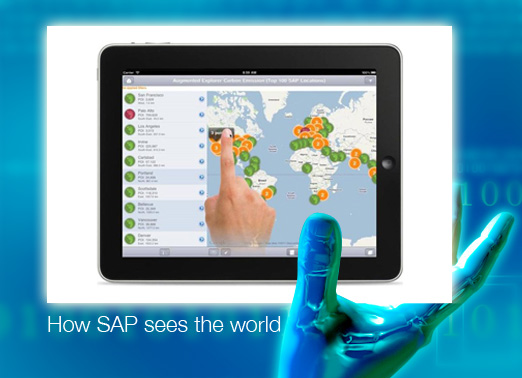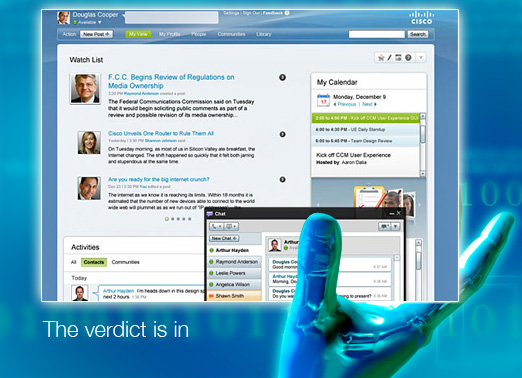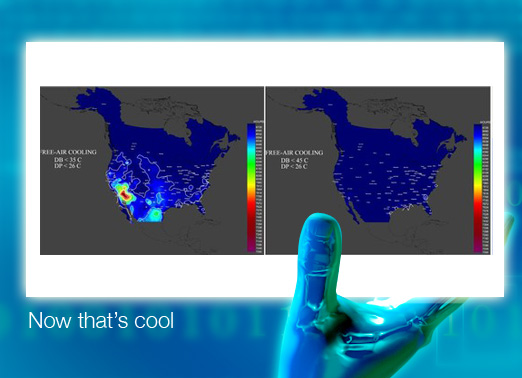-
Open sesame!
Alibaba subsidiary Alibaba Cloud Computing unveiled the Aliyun OS, and showed off a Chinese-manufactured smartphone using the Linux-based operating system. The phone will go on sale in China at the end of the month for 2,680 yuan (US$416). A tablet running the operating system will also be launched in China later this year

-
Ready, set, Mango!
The IS12T from Fujitsu Toshiba Mobile Communications, the first handset based on Microsoft’s Windows Phone Mango operating system, was unveiled in Tokyo on July 27, 2011.

-
How SAP sees the world
SAP is planning to connect its analytics software with Google’s Maps and Earth software, allowing users to mine insights from plotting business data against locations around the world, the companies announced

-
The verdict is in
Minter Ellison, an Australian law firm specializing in mergers and acquisitions and telecommunications law, has become an early adopter of Cisco Quad, which merges Facebook-like profile pages and real-time communication features with business apps and document and content management systems.

-
Cellular boost or bust?
The CRTC is focusing on issues like usage-based billing in Canada, the United States FCC is considering regulations on cellular boosters like this in-car MobilePro 801241 Kit made by Wilson Electronics, a leading backer of the regulatory process.

-
Plus, now it’s on your phone
A number of Canadians are part of the early Google+ beta, and some of them may want to consider the recently released Google+ for Android phone app. The home screen offers icons for all the most important parts of the service: Stream, Photos, Profile, Circles and Huddle, which lets you have a conversation via texting with individuals or groups of people and isn’t available in the Web version.

-
Now that’s cool
A map from Dell shows how servers that can operate at 45C expand the areas where fresh-air cooling can be used year round. Dell said it will warranty servers to run at 113 degrees Fahrenheit (40 degrees Celsius) for a limited number of hours per year, so that customers can make wider use of “fresh-air cooling” in their data centres.
